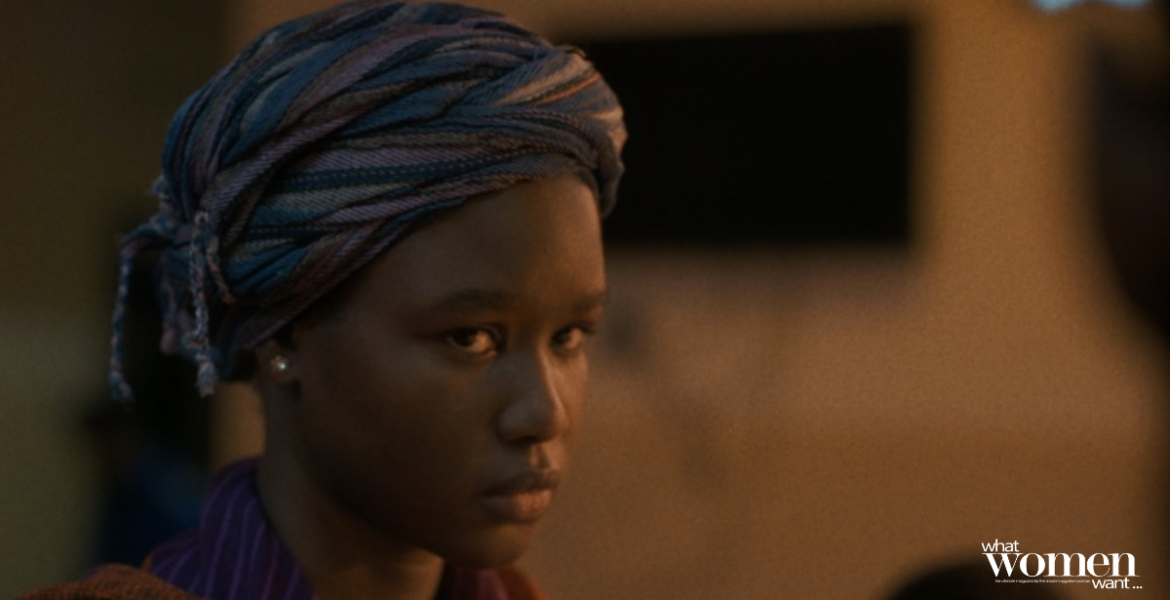Goodbye Julia is a Sudanese film that explores class, ethnic, and religious unrest in pre-secession Sudan in 2011, which sadly mirrors relevant to the heart-breaking events in Sudan today. The film begins in 2005 and focuses on the nation’s capital, Khartoum. The director and writer Mohamed Kordofani explores political themes with sympathy, righteousness, and humility by framing it through female friendship. Even through all the divides, Mona and Julia form a bond, and it transcends the screen touching the audience’s hearts. The captivating film is expected to make its debut in Egyptian cinema on October 25th.
The Story Structure

The film grounds the audience in the realities of the Sudanese culture, and gives them a glance into the culture, the religion, the gender division, and the classist ideology of many. Mona, played by the talented Eiman Yousif, is a wealthy Muslim northern Sudanese who leaves behind her love for signing to please her husband. Julia, played by the brilliant Nazar Gomaa, is a poor Christian woman from southern Sudan. Ordinarily, their paths would never cross, but due to a series of unfortunate events, an unexpected guilt-ridden friendship begins. Through the unlikely duo, the audience explores the complexities of war, the dehumanization of Southerners, the effects of micro-aggressions, and the endless cycle of violence.
The Underlying Themes

Goodbye Julia starts with uncomfortable ease, the calm before the storm. Following Julia through the story gives the film heart and soul. The pacing builds and takes unexpected twists and turns that keep the viewer at the edge of their seats. The director intentionally keeps the audience in the dark for most of the film and only hints at the storyline through metaphors, which pacts an emotional punch.
The Aesthetics:

Pierre de Villiers’s camera creates a bond between the characters and the audience through enchanting close-ups. Each frame is truly a masterpiece painting, as De Villiers utilizes the background, middle ground, and foreground intelligently. Goodbye Julia’s colors are striking, as contrasting colors are a theme throughout. This is done to hint at the divisions in the Sudanese community. The filmmakers use visual symmetry and auditory to transition between the storylines and scenes.
The film is a prime example of why films have a political, societal, and humanitarian duty toward their community because they have the power to transcend any other art form.

